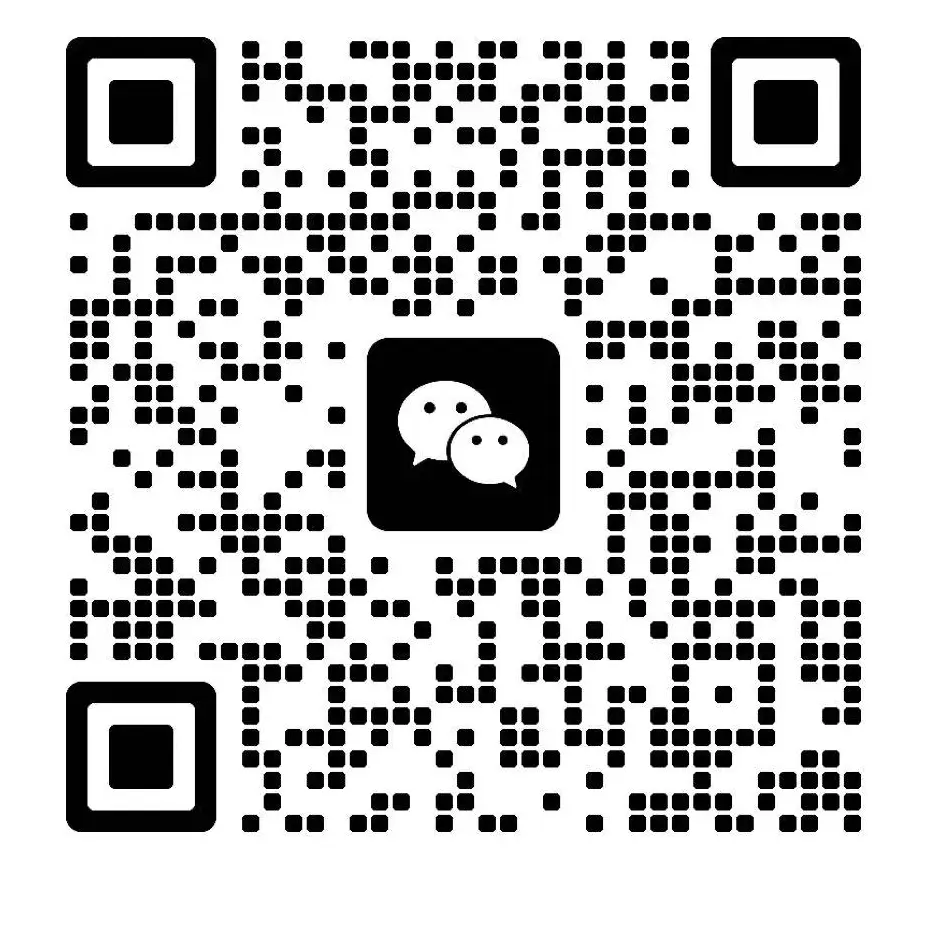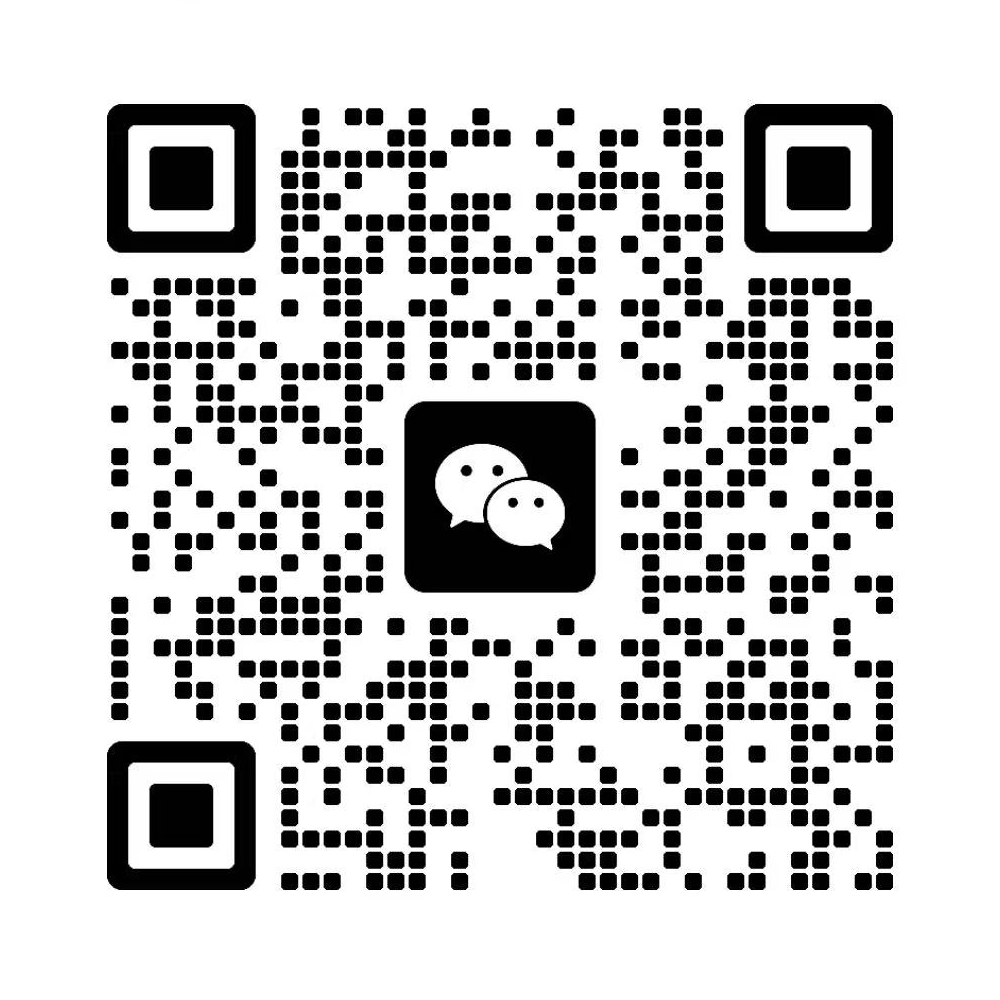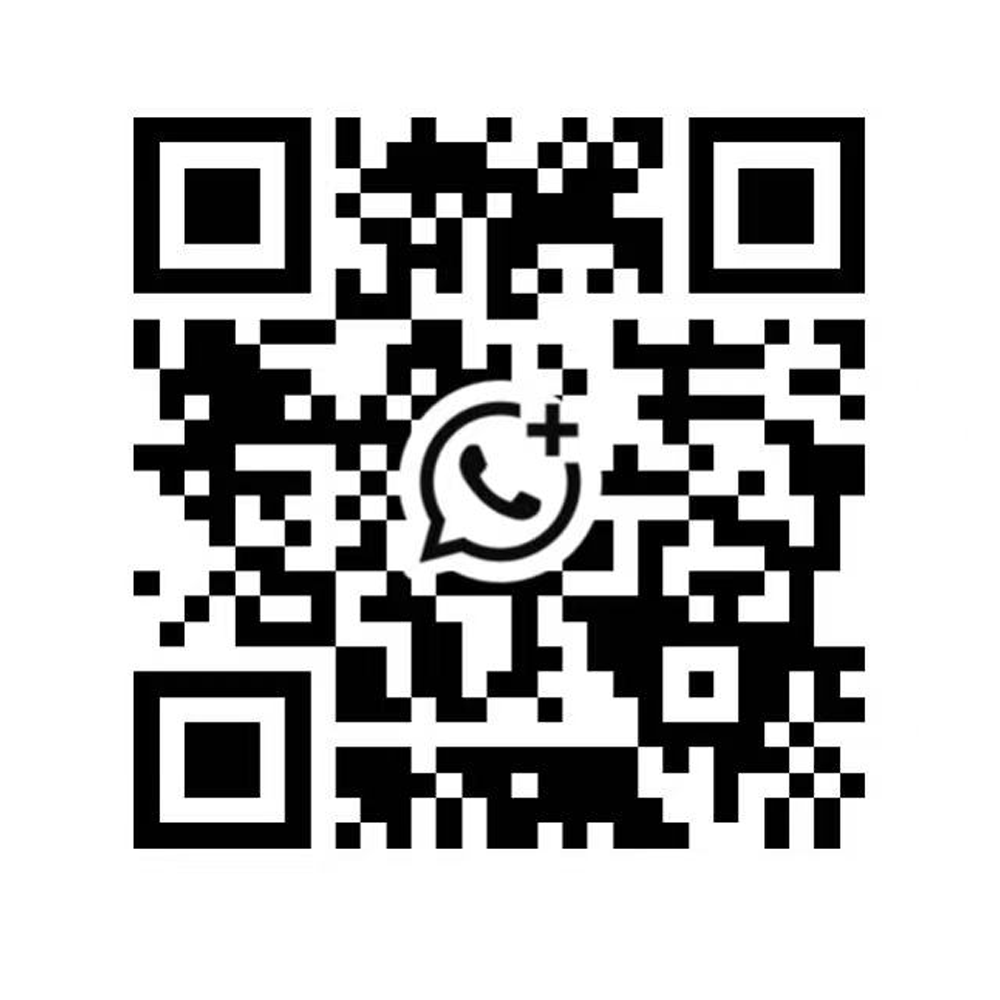The T-shirt customization market grows every year. Customers want bold colors, fast delivery, and durable prints. For print shop owners, the question is simple: is a 4 head DTF printer worth it? The answer depends on your workload, fabric variety, and budget.
This guide explains what a 4 head DTF printer is, why it matters, and whether it’s the right investment for your business.
What Is a 4 Head DTF Printer?
The DTF 60Plus II uses Direct-to-Film technology. The printer sprays ink onto a special PET film. You then apply powder adhesive and use a heat press to transfer the design to fabric.
A 4 head DTF printer has four print heads working at once. That means faster output, stronger color layers, and smoother gradients.
Why T-Shirt Shops Consider 4 Head DTF Printers
T-shirt shops that handle bulk orders often hit a bottleneck. Standard printers cannot keep up with demand. With four heads, print speed doubles or even triples. Shops can process big runs while keeping colors consistent.
For example:
- Small orders of 20–30 shirts still finish fast.
- Bulk orders of 500–1,000 shirts can be delivered without delays.
So, is a 4 head DTF printer worth it? For busy B2B buyers, yes.
Fabric and Thickness Applications
DTF printing works on cotton, polyester, blends, and even leather. Different materials need different transfer settings. The table below compares fabric thickness ranges and applications:
| Fabric Type | Typical Thickness | Application Use Case |
|---|---|---|
| Cotton (T-shirts, hoodies) | 0.3–0.6 mm | Everyday custom apparel |
| Polyester (sportswear) | 0.2–0.4 mm | Athletic and team jerseys |
| Denim & Heavy Cotton | 0.6–1.0 mm | Jackets, bags, caps |
| Leather & Faux Leather | 0.8–1.2 mm | Shoes, accessories |
A 4 head DTF printer handles all these materials with consistent results.
Key Advantages of a 4 Head DTF Printer
When buyers ask if a 4 head DTF printer is worth it, they should look at the advantages:
- High Speed: Faster production per hour.
- Stronger Colors: Four heads with CMYK+W produce sharper details.
- Widely Used: Suitable for fabrics, leather, bags, shoes, hats, socks, masks, gloves, plush toys, knitted underwear, swimsuits, handicrafts, and other industries.
- Scalable Growth: Perfect for expanding shops taking larger contracts.
Daily Maintenance Checklist
Like any industrial printer, a 4 head DTF model needs care. The good news is that daily steps are simple:
- Clean print heads after each shift.
- Shake white ink bottles to prevent settling.
- Run nozzle checks before large runs.
- Keep the film path dust-free.
- Store ink in a cool, dry space.
Regular care keeps production smooth and prevents costly breakdowns.
Cost vs. Return on Investment
Many buyers hesitate because of the price tag. A 4 head DTF printer costs more than a 2 head model. But the return is clear:
- Higher print volumes mean more sales.
- Faster turnaround brings repeat business.
- Fewer outsourcing needs reduce costs.
Shops that process more than 200 shirts per week often recover the investment within a year.
So, Is a 4 Head DTF Printer Worth It?
If your shop prints only a few shirts per week, a smaller printer may be enough. But if you aim to grow, meet bulk orders, and keep customers happy, the answer is yes.
A 4 head DTF printer is worth it for T-shirt customization shops that want:
- Faster production
- Better colors
- Strong fabric versatility
- Reliable ROI
Conclusion
For B2B buyers, equipment choices shape future growth. A 4 head DTF printer is not just a machine. It is a tool that unlocks speed, flexibility, and higher profit margins.
If you want your T-shirt shop to scale and compete, then the question is not if it’s worth it — but when you should make the upgrade.




